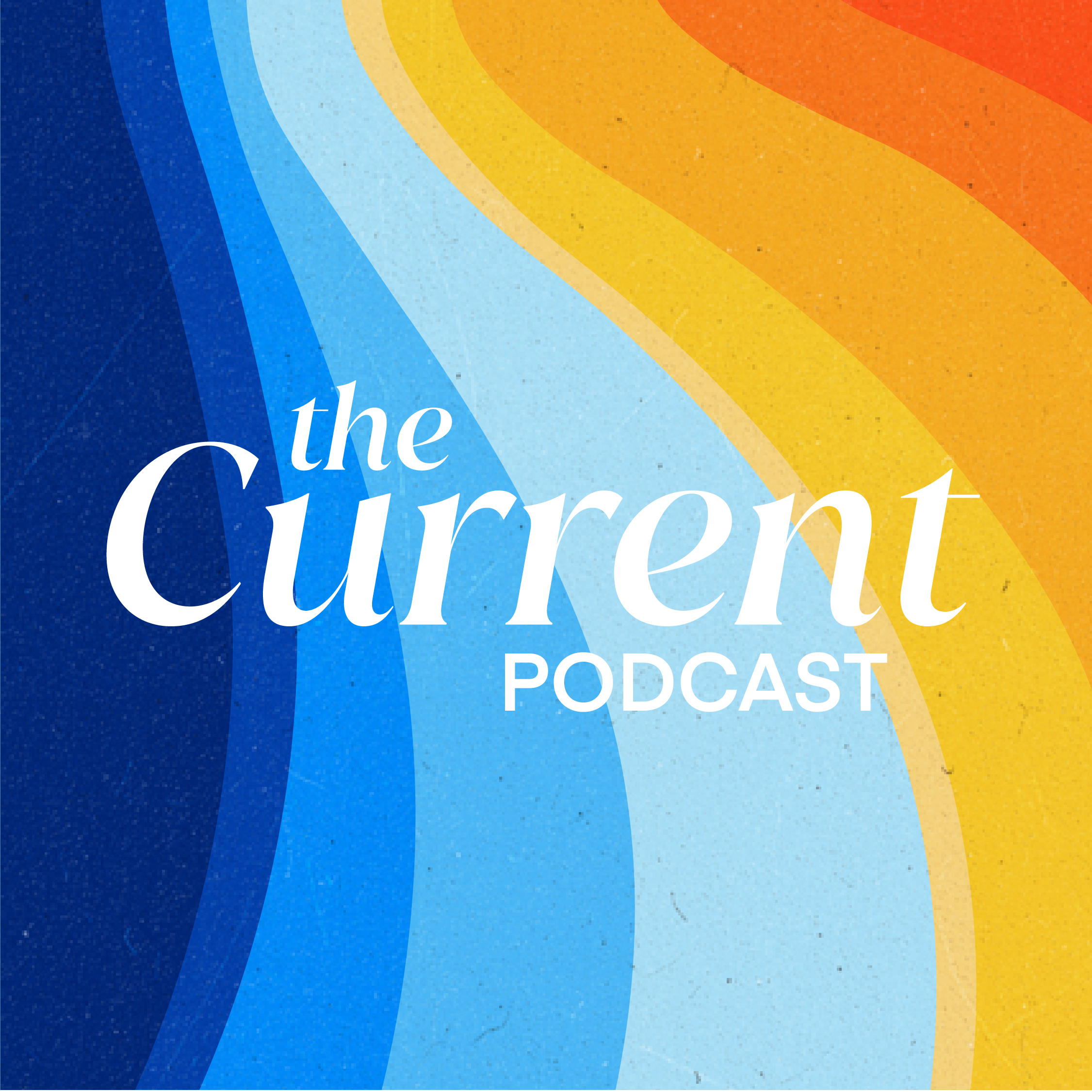 |
||||||||||||
|
||||||||||||
| Does Low Ad Spend Signal a Recession Is Near? |
 |
| It may not be winter, but it is still a cold world, and tech giants, TV networks, and publishers have been freezing. Nowadays, every dollar counts with all the drastic changes affecting our economy. Media companies can't reach their revenue goals if brands aren't spending on advertising. Last month, social media giants like Meta, Twitter, and Snapchat blamed their low quarterly results on an ad revenue slowdown. Alphabet, Google's parent company, also reported the slowest quarterly sales results in two years, and with advertisers pulling back, even YouTube's ad revenue slowed (see below). Imagine that. In recent years, YouTube has been one of the tech giant's most significant areas of advertising revenue growth. But it's not just the walled gardens and social media companies experiencing a slowdown, the open web is taking a big hit as well. A week ago, Gannet Inc. reported an 8.7% decrease in revenue from advertising and marketing services and adjusted its annual profit outlook. Shockingly, even The New York Times reported its first ad revenue decline since 2020 (see below), and Paramount also said that their TV revenue operations didn't make targets this year. "We see both headwinds and tailwinds in advertising," Paramount Chief Executive Bob Bakish said during a call with analysts after the results. He said the digital advertising and scatter markets are facing challenges, primarily because of supply-chain constraints affecting advertisers, including car makers. "But these aren't long-term issues," he said. |
| Looking at all of these Q2 losses is like saying, "Tell me we're in a recession without telling me we're in a recession." And although inflation is high and we've experienced two-quarters of declining revenues, analysts explain that technically we're not in a recession because consumer spending is solid and unemployment is low. But an ad recession? Maybe. Advertisers are being more frugal with their dollars, ensuring they aren't just throwing money away during difficult times. One might blame linear TV's ad spend slowdown on advertisers shifting bigger budgets to OTT and CTV. Auto and CPG companies may have reduced their spending on traditional TV, but they increased their spending on Roku by a double-digit percentage, executives said. And while the company missed overall revenue numbers for Q2, the streamer continues to realize increases in advertising share and growth of active accounts. But will it be enough to keep the company strong once Netflix and Disney+ get their ad businesses off the ground? |
| Does New York Times' Digital Ad Sales Decline Mark Uncertain Times for Publishers? |

Image sourced from
|
| Due to recent Q2 declines, the New York Times is looking to revitalize its digital ad revenue. While the Q2 report shows an 18% decrease at an operating profit of $76 million, the stats represent a yearly trend. The data highlights that the Times’ digital ad sales have a 2.4% YoY decline to $69.3 million. On the other hand, print advertising at the New York Times is on an upward tick. Print advertising improved by 15.1% to $48.1 million, with a recovery in the entertainment and luxury categories. Focusing on subscribers: While ad sales for digital have had a consistent decline rate, The New York Times has had an increase in digital-only subscribers this quarter. They added 180,000 digital-only subscribers. This represents a 70% hike from Q2 gains in 2021 and keeps the company on track to reach its 15 million goal by 2027. Bundling digital products: The Times’ strategy seems to focus on reporting subscribers instead of subscriptions. As one consumer can subscribe to various products, they felt this data would be more accurate. Due to this, the Times is bundling digital products with its news report. “News remains core to our value proposition, but the bundle helps ensure that The Times is indispensable to an ever-widening group of people, even as news engagement ebbs and flows,” says Meredith Kopit Levien, the president, and chief executive of the Times Company. |
| The Times’ digital ad data represents a trend within the ad tech industry as publishers and advertisers work to diversify their revenue and adequately decide how to spend their ad budget during an upcoming recession. For example, platforms such as Facebook and Twitter also faced Q2 declines. The economic uncertainty could mark what some call a “bad omen” for digital media. Like every other industry, ad tech is affected by the country’s economic fate. Under the surface: Industry experts predict that media outlets outside The New York Times with a bigger reliance on digital ad sales will be hit much harder. Although it is unclear how severe, media outlets and brands are preparing for an industry-wide downturn. This has resulted in firing employees, hiring freezes, and completely deserting new projects across the industry. With privacy changes causing publishers to rework their data collection completely, the downturn in ad spend sales could affect some companies from adapting to this new world in ad tech. Light in the Dark: Although Q2 declines and economic uncertainty have created a dark cloud over the industry, some analysts report favorable growth rates. Total media ad spend should stick to its current growth trajectory of 13.2% YoY. Meanwhile, search ad spending has seen some growth (14.5% this year to $99 billion), as well as email marketing. Experts suggest publishers determine a clear target audience to weather the storm and find ways to diversify content for those consumers. |
| Low Youtube Revenue Earnings Are a Cause for Concern |
 |
| YouTube was one of the pandemic's bright spots when it came to beating out the ad spend doldrums of those times. Yep, nothing beats the simplicity of finding a good tutorial or time waster on YouTube. So, ad spend followed the 122 million pairs of daily eyeballs right to that platform. Ironically despite YouTube's pandemic highs, Alphabet's second-quarter earnings call revealed the slowest growth in YouTube ad revenue since Q4 of 2019. What is going on here? Like nearly everyone else in digital media right now, YouTube is also experiencing advertisers cutting back on spending due to economic concerns. Inflation has everyone's panties in a bunch. Revenue increased only 4.8% from last year to $7.34 billion, but last year's revenue jumped 84%. The only other time YouTube saw single-digit growth in a quarter was Q2 of 2020, where sales increased by only 5.8% when marketers cut back spending at the start of the pandemic. "The modest year-on-year growth rate primarily reflects lapping the uniquely strong performance in the second quarter of 2021," CFO Ruth Porat said. She later said that "time will get us through the lapping." |
| Inflation is real, and the current economic uncertainty has advertisers strategizing their ad spend and ensuring they are allocating their dollars in the most optimal way possible. Companies are also facing supply chain and inventory issues, and while competition is not the focus of this dilemma, Google has acknowledged the rise of short-form vids on Tik Tok. Earlier this month, Prabhakar Raghavan, an SVP at Google, pointed out how company studies showed that around 40% of young people were using TokTok or Facebook's Instagram for search. To keep up with the times, YouTube has been pushing YouTube shorts, which are comparable to TikTok and Instagram Reels, but the issue is that YouTube is only in the early stages of monetizing shorts. But many creators and other types of publishers are already shifting their strategies towards shorter-formed content which has taken eyeballs away from traditional YouTube videos. Everyone knows the struggle of getting sales and advertisers behind a new product launch. |
| “the Feedback Loop”: Curating a New Audience With Ad Automation |
 |
| By now, anyone in the ad tech ecosystem is aware of the changing privacy laws that toppled the industry on its head. In this new world order, advertisers and publishers are hankering for new practices that can connect them to the needs of their consumers. This unbridled territory could feel like thousands clamoring for a needle in a haystack, but many innovative solutions are being brought to the forefront to help find new solutions. As brands and media outlets continue to work towards driving new revenue growth, industry giants are looking toward ad automation as a possible way to identify with their audience. Google, in particular, has boasted the benefits that ad automation could have for the industry. At Adweek’s Elevate: AI event, Darshan Kantak, VP of product management at Google, spoke with Jamie MacNaughton, head of digital at tails.com, about how “ad automation can help businesses reach the right people with the right message.” |
| Google’s ad automation technology uses machine learning to understand contextual signals so that the right creative asset is sent to the correct audience. Although Kantak does heed a warning that while automation is a tool that can help advertisers and publishers navigate the complexities of engaging with your audience, it will require a new way of working and thinking. In addition, MacNaughton asserts that you need to be as clear as possible about what target output you’re looking for to make the most out of automation. “Don’t fixate too much on the interim metrics — click-through rates, cost-per-clicks — those are all interesting, but they’re less relevant now than they ever were because the machine will set the right bids for the right person to get your target outcome,” says MacNaughton. Machine learning also possesses the benefit of giving endless feedback. Under the caveat that you feed the machine the correct information, it will produce insights and actionable data that help you target consumers. |
| Around the Water Cooler |
| Is the Commerce Boom Over? No, Wait, Maybe Not Merchants are exodusing Shopify amid consumer spending decline. The company was previously on a pandemic-fueled high as consumers were looking for ways to spend their surplus checks while working from home. But Shopify put the cart before the horse and ultimately as everyone started going back outside, consumer spending slowed. Now, with Q2 losses and rising competition from Amazon, Shopify found itself with 1,000 more employees than they could afford. But that hasn't slowed the ecommerce platform's investment streak. Shopify recently invested $100 million in marketing automation startup Klavyio. They've also invested in music commerce platform Single. It's an interesting time for the commerce platform to be making these types of investments in merchant features that could potentially strengthen relationships with consumers. Apple Building a DSP Is a No-Brainer But Is It Privacy-Friendly While the rest of big tech and most of digital media reported Q2 lows, Apple's profits didn't reach as wide of a decline from last year. While Apple still mainly makes most of its revenue from the iPhone and the ecosystem it built around it, we've speculated for a while that the tech behemoth was building its own ad network which could be a significant revenue driver for the company. Recent ad tech job listings from the company suggest that they are building a DSP, and while no one in ad tech land is surprised some industry experts are doubtful the endeavor will gain much traction. Needham analyst Laura Martin says “Creating a privacy-first ad platform would solve a problem for AAPL's ad-driven apps which have seen their ad revs fall after iOS replaced IDFA with ATT in 3Q21.” Other industry insiders avow that Apple will have a tough time balancing being the public face of big tech for privacy and being a DSP. New Google Tool Brings Transparency to Where the Ad Spend Goes Google recently released Confirming Gross Revenue, which would increase transparency in programmatic so buyers and sellers can track that there are no hidden fees. According to AdWeek, "Publishers can use the new Revenue Verification Report to see aggregate gross revenue received from a specific buyer, and buyers and publishers can verify that the media cost from the former’s reporting matches the gross revenue received by the latter." |









